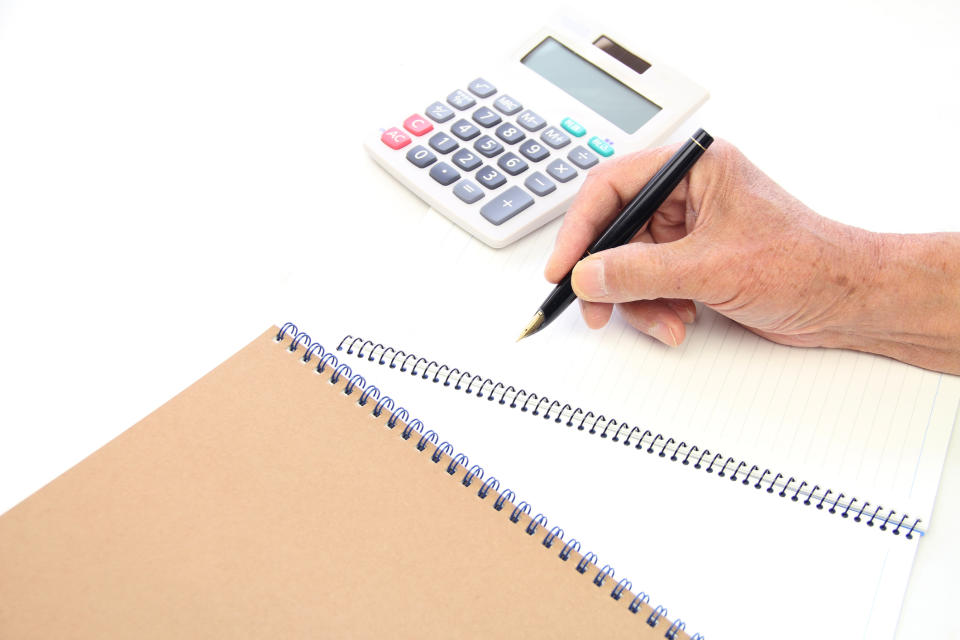Kakeibo: Discover the Japanese art of saving money

SINGAPORE — We have all fallen for the art of KonMari, the Japanese way to tidy up our lives, so why not explore the way they save money too? After all, after we get rid of everything we also need to replace stuff, right?
Kakeibo, the way the Japanese save money, is actually the term for a dedicated ‘budget journal’ that has a series of formulas to use to help you save money. It was created in 1904 by Hani Motoko, who designed the notebook to help a new generation of working Japanese women; she was also the country’s first female journalist.
For years and years Japanese women have used their kakeibo to manage their finances, and now the special book is available in English, updated by Fumiko Chiba which you can buy online.
READ MORE:
Family heirlooms, to keep them or get rid of them?
Sun protection for the scalp: Are you missing this important beauty step?
How does the Kakeibo work?
Basically at the beginning of each month you take your kakeibo and plan out what you’re going to spend, save and how much you need to save to reach your financial goals. Then you review the previous month and make adjustments.
So far, so similar, right? But actually it’s more about how to ‘spend well’ to be able to ‘save well’ according to Chiba. You need to remember why you are saving money, and you need to save, but you also need to enjoy your life.
If we’re only saving everything and not spending anything at all, then we get frustrated, bored and often give up in one big blow-out spend. So, spend a little to save more.

Actually writing things down also helps, since you will take more time to consider what you’re doing with your money, and not just quickly skip over it if you’re saving on your smartphone or computer.
Using the kakeibo becomes a kind of ‘mindfulness’ activity according to Chiba. It can help you slow down and make a more considered decision about what to buy. This is also linked to the Japanese way of living more slowly, and only buying the few things you really need - also probably because homes there are quite small and you don’t have space for too much clutter; just like Konmari really.
So, at the beginning of the month, write down all the money you have, including any extra cash from presents or part-time work, and take away all your fixed costs - rent, phone bill etc. The money left over is what you have to save and spend.
You need to be honest about what you are really spending though, which is where the kakeibo comes in; it has lots of specific categories including takeaway coffee or food, but you must add in absolutely everything so you have a really clear idea of what you are spending.
You also need to be honest about your ‘needs’ and ‘wants’. To work this out Chiba says you should list out what negative impacts would happen if you didn’t buy something; for example you need clothes, but you won’t die if you don’t have the latest new handbag. On the other hand, if your job requires you to wear a smart suit, then you should consider buying one.
Looking at your spending in this way can help you work out areas where you might be able to cut back, without living a life of total deprivation.

Choose cash over card
Let’s face it, almost none of us actually make use of any of the credit card ‘extras’ we get - outside of points for travel - so use cash for your smaller, and everyday purchases while saving your cards for things that cost more and actually can get you some flight points or upgrades.
Using a card makes life so easy that it becomes an almost mindless act to just swipe for things that you want without considering how much they really cost. If you have to hand over cash, you have a much better awareness of the money you are spending.
Chiba even suggests that you take out a certain amount of cash per month and add it to separate envelopes to control exactly what you are spending on each of your monthly categories.
Review, review, review …
So, the month is up, and it’s time to review what you’ve spent. Using the kakeibo to track where your money has gone means you have a better overview of what is really happening with your finances. It will also show you where you’ve made savings… and even small savings can add up.
BOOKS TO READ TO HELP YOU SAVE MONEY
Kakeibo: The Japanese Art of Saving Money by Fumiko Chiba
Worth it: Your Life, Your Money, Your Terms by Amanda Steinberg
Broke Millennial: Stop Scraping By and Get Your Financial Life Together by Erin Lowry
You Are a Badass at Making Money by Jen Sincero
HELPFUL PODCASTS ABOUT SAVING MONEY
So Money by Farnoosh Torabi
The Payoff by Mic
Her Money by Jean Chatzky


